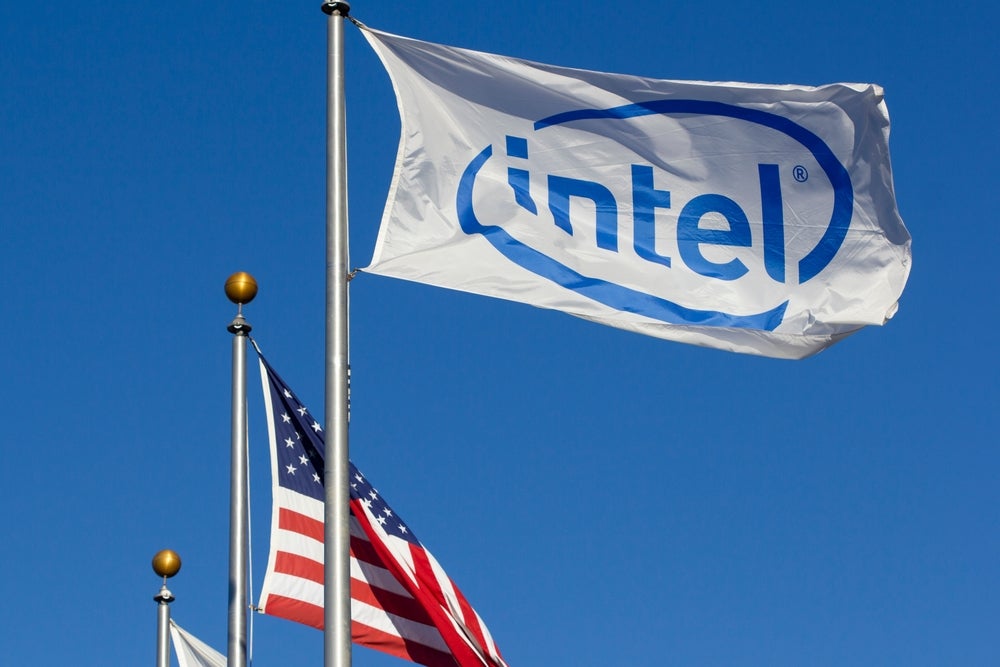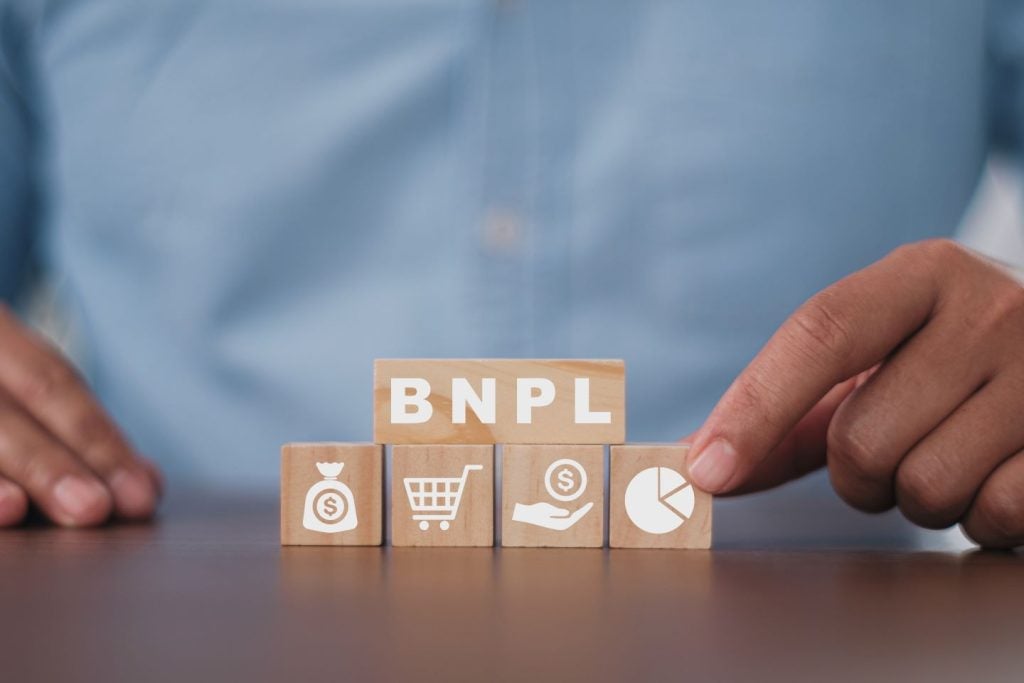MongoDB has filed a patent for a method to manage data synchronization in a database with a dynamic schema. The method involves generating changesets representing operations on data objects, transmitting synchronization requests between client devices, receiving changesets from other clients, and merging changesets to update the data object based on data from multiple servers operating in parallel. GlobalData’s report on MongoDB gives a 360-degree view of the company including its patenting strategy. Buy the report here.
According to GlobalData’s company profile on MongoDB, Social media analytics was a key innovation area identified from patents. MongoDB's grant share as of September 2023 was 73%. Grant share is based on the ratio of number of grants to total number of patents.
Data synchronization method for a database with dynamic schema
A recently filed patent (Publication Number: US20230315757A1) describes a database system with a dynamic schema. The system includes a database and at least one processor. The processor is configured to generate a changeset representing an operation on a data object in the database at a first client device. It then transmits a synchronization request from the first client device to one or more servers to synchronize the database with changesets generated by a second client device. The first client device receives a second changeset from the servers in response to the synchronization request, representing an operation performed by the second client device on the data object. The first client device merges the first and second changesets to update the data object, based on data received from multiple servers operating in parallel.
The patent also mentions that permissions to access the database can be controlled at a document level and a field level. Data transmitted between the client devices and servers is limited to the changesets. Additionally, the permissions to access the database can change across sessions.
The synchronization of data for the database can be decided using a language-native query, which is processed on the servers. The query can be in a query language specific to the client devices and translated to a query language used by the servers. Permissions to access the translated query can be added, and a filtered set of data can be identified for synchronization based on the execution of the translated and permissioned query.
The patent also describes the identification of needed data by the servers based on the changesets to be processed on the client devices. The processor in the system can update queries and coordinate the synchronization of the database with an application on the client devices.
In summary, the patent describes a database system with a dynamic schema that allows for synchronization of data between multiple client devices and servers. The system provides control over permissions at different levels and enables the use of language-native queries for synchronization. The merging of changesets is performed based on data received from parallel servers. The patent also mentions the ability to update queries and coordinate synchronization with client device applications.
To know more about GlobalData’s detailed insights on MongoDB, buy the report here.
Data Insights
From

The gold standard of business intelligence.
Blending expert knowledge with cutting-edge technology, GlobalData’s unrivalled proprietary data will enable you to decode what’s happening in your market. You can make better informed decisions and gain a future-proof advantage over your competitors.







